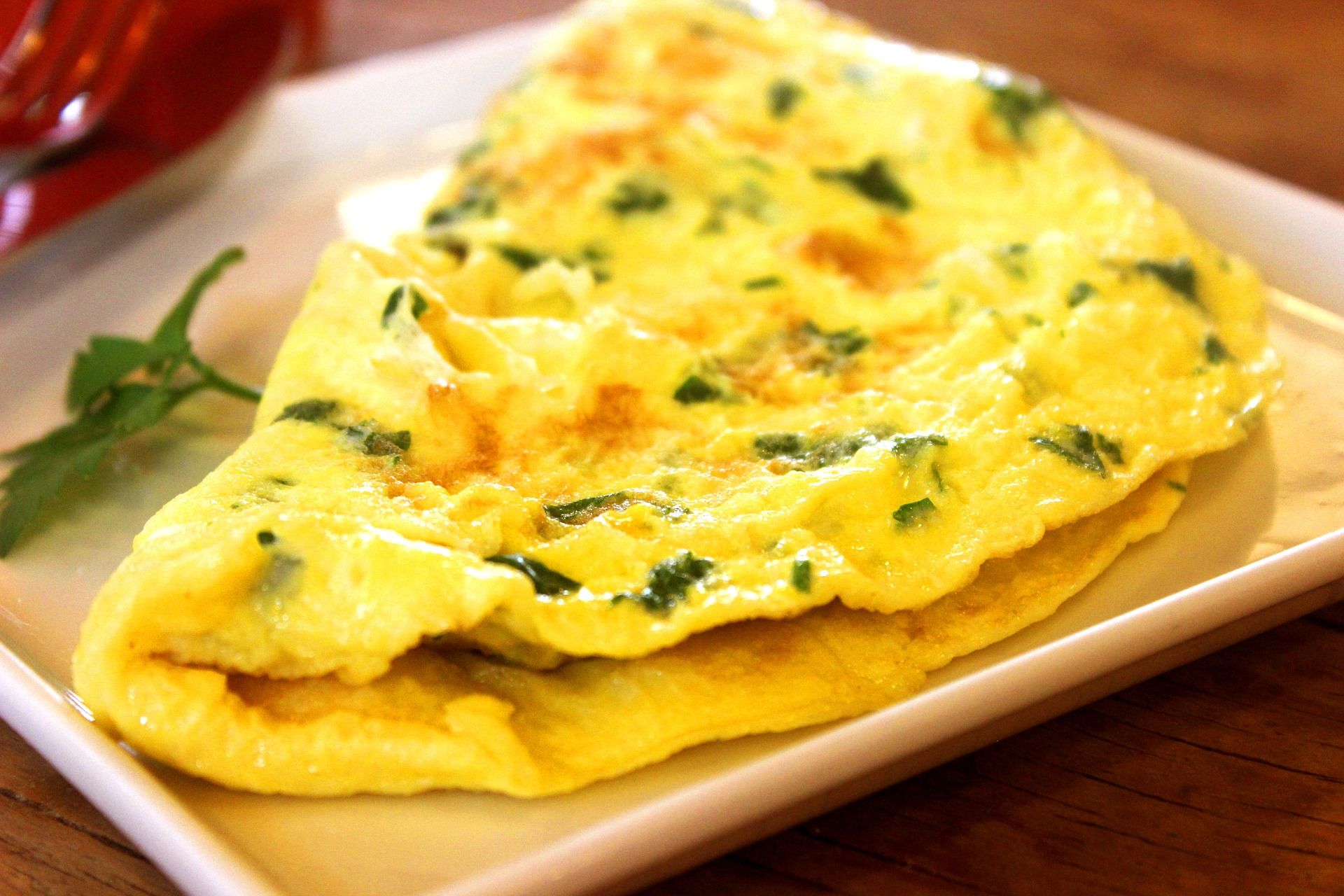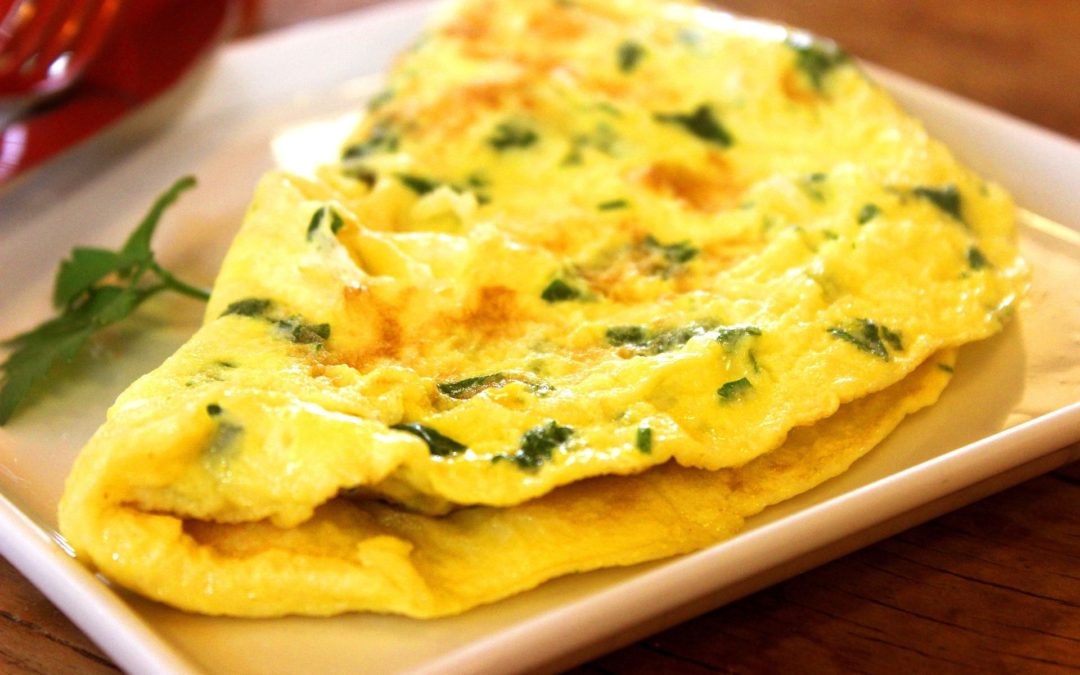
Many elderly are malnourished, among others resulting in weight loss, brittleness, and a loss of muscle mass. All of which have a detrimental effect on the quality of life. This malnourishment has a variety of reasons, sometimes medical but often it's caused by a loss of appetite and difficulties chewing and swallowing.
In fact, eight percent of the Swedish population in general and 40 percent aged above 70 suffer from an inhibited ability to chew and swallow, known as dysphagia. To make swallowing easier, the elderly are given congealed purées.
"However, the purees do not taste like ordinary food and do not look like what we are used to", says Evelina Höglund, researcher at RISE unit Agriculture and food.
Researchers at the RISE institute in Gothenburg are developing a new type of 3D-printed food with an appearance and flavor more similar to regular food. In an article by Swedish public service television, SVT, they mention food like chicken drumsticks, cinnamon bun, and broccoli.
The idea is simple: by turning eating into a positive experience again, the elderly will not only experience a boost in quality of life but also regain their appetite and enjoy an improvement in their long-term health.
"It becomes easier to put the food in a positive context when it looks appealing and when it mimics ordinary food. The elderly want to talk about food and food memories, but it is difficult if they do not see what they're supposed to be eating, says Evelina Höglund.
Many people think it sounds futuristic and are skeptical of 3D food. But it's not that strange really, she explains.
"It's not about stuffing something strange in a machine that then converts into food. We use common ingredients that the machine makes into three-dimensional shapes. It works like an automated forcing bag".
A clear advantage is that the technology grants a high level of flexibility. Recipes can be stored as files and be shared online. Each individual can also be served the meal they crave, customized to suit individual nutritional needs.





